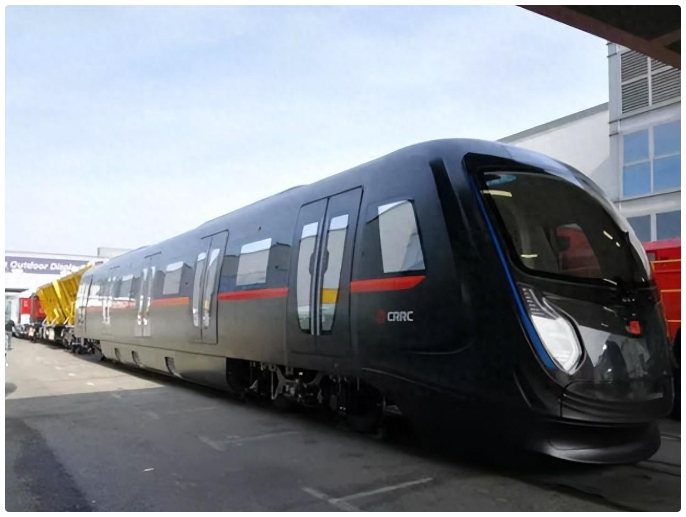Email: info@hdfiberglass.com Whatsapp: +86 18833998929
Hot Keywords:
- All
- Product Name
- Product Keyword
- Product Model
- Product Summary
- Product Description
- Multi Field Search
Views: 0 Author: Site Editor Publish Time: 2024-04-12 Origin: Site








In recent years, the utilization of carbon fiber has surged across various industries, promising lighter, stronger, and more durable materials. But how does this cutting-edge technology fare in the realm of rail transportation?
Carbon fiber, with its exceptional strength-to-weight ratio, is revolutionizing the rail industry. By replacing traditional materials like steel and aluminum with carbon fiber composites, trains become significantly lighter without compromising structural integrity. This translates to improved fuel efficiency, reduced emissions, and enhanced performance on the tracks.

The Future of Rail Travel: Lighter, Faster, Greener
Carbon fiber's impact on the rail industry is palpable. Its lightweight nature reduces the overall weight of trains, allowing for quicker acceleration and deceleration. This not only enhances operational efficiency but also improves passenger experience by reducing travel time.
But what about safety and durability?
Carbon fiber's innate properties make it an ideal candidate for ensuring passenger safety and long-term reliability. Its high tensile strength and resistance to corrosion and fatigue make it capable of withstanding the rigors of daily operation while maintaining structural integrity over time.

Innovative Design and Customization
The versatility of carbon fiber enables innovative design possibilities, allowing for the creation of sleek, aerodynamic train components. Moreover, its ability to be molded into various shapes and sizes offers customization options tailored to the specific needs of rail manufacturers and operators.
Cost Considerations and Economic Viability
While the initial investment in carbon fiber technology may seem daunting, the long-term benefits far outweigh the costs. Reduced fuel consumption, maintenance expenses, and extended service life contribute to significant cost savings over the lifetime of the train, making it a sound investment for railway companies worldwide.
Despite its numerous advantages, the widespread adoption of carbon fiber in the rail industry is not without challenges. Questions regarding manufacturing scalability, regulatory compliance, and cost-effectiveness remain pertinent.
However, as technology continues to advance and production processes become more streamlined, these hurdles are gradually being overcome. With proper research, development, and collaboration between industry stakeholders, carbon fiber stands poised to revolutionize the future of rail transportation.
In conclusion, the integration of carbon fiber in the field of rail transportation represents a significant leap forward in the quest for sustainable, efficient, and reliable mass transit systems. By harnessing the power of this groundbreaking material, we are not only reshaping the way we travel but also paving the way for a greener, more interconnected future.
The darling of the electronic/industrial field - alkali-free fiberglass yarn
Exploring the Applications of SMC Materials in the Electrical Field
Steps for Applying Fiberglass Mesh to Walls for Reinforcement
Carbon Fiber Applications in the Field of Mass Transit: Revolutionizing Rail Travel?
What processes can fiberglass chopped strand mat be used for?